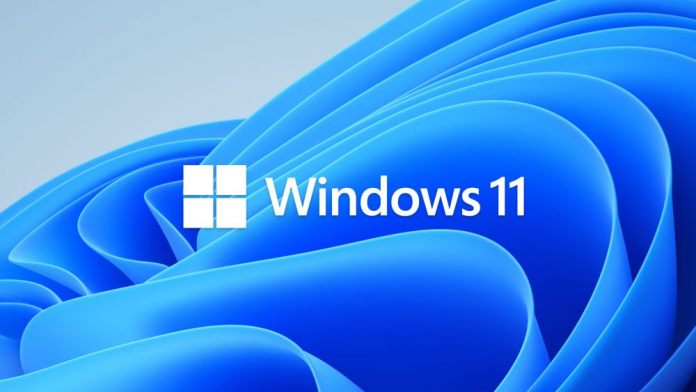Since the launch of the platform last November, Microsoft has been staging the rollout of Windows 11. Essentially, some users get the upgrade from Windows 10 before others. With its graduation to broad deployment, the platform is now available via Windows Update for anyone who wants it. Of course, compatibility requirements are still in place. So, if your PC was not compatible with Windows 11 before, it still won’t be. Also, in broad deployment, the upgrade to Windows 11 remains optional. So, if you want to remain on Windows 10 you can. This is a different deployment strategy from the Windows 10 upgrade in 2015. At that time, Microsoft forced compatible devices to upgrade from Windows 8.
Moving Forward
Of course, the company was running as fast as it could after the failure of Windows 8. Microsoft does not have such problems with Windows 10, while the older platform will continue under support until 2025. It is worth noting you may still find you cannot update even if your device is compatible. If this happens, it means there is a known issue with Windows 11 on your PC model and Microsoft is holding off on the upgrade (an Upgrade Block) until there is a fix. Tip of the day: Need to create an ad-hoc network from your PC? In our tutorial we show you how to easily create a shareable wireless internet connection in Windows as a free WIFI hotspot.




